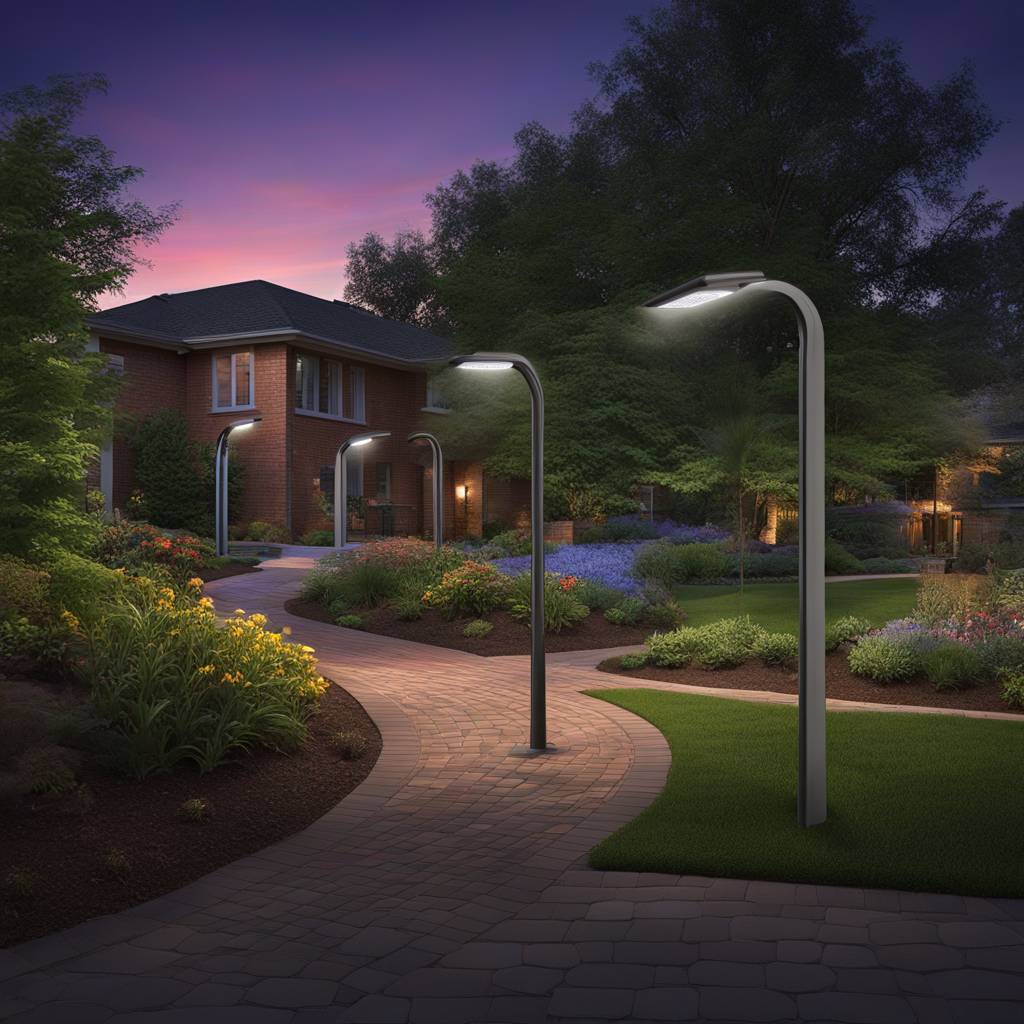Excessive exposure to bright, artificial light at night may increase the risk of developing conditions that affect blood flow to the brain and could lead to a stroke, according to research published in the journal Stroke. The increased use of artificial light has resulted in light pollution affecting about 80% of the world’s population. While previous studies linked exposure to bright lights to cardiovascular disease, this study is among the first to explore the connection between light pollution and potential risks to brain health and stroke.
The study examined 28,302 adults in China, with exposure to residential outdoor nighttime light assessed through satellite images that mapped light pollution. Cases of stroke were confirmed by hospital records and death certificates. The analysis found that people with the highest exposure to outdoor night light had a 43% increased risk of developing cerebrovascular disease, while those with high exposure to particulate matter 2.5, PM10, and nitrogen oxide also had increased risks. The associations with cerebrovascular disease were found to persist even when considering both outdoor light and pollution.
Continuous exposure to artificial light sources at night, such as fluorescent, incandescent, and LED lights, can suppress melatonin production, disrupt the internal clock, and impair sleep, leading to worse cardiovascular health over time. The study emphasizes the importance of healthy sleep as part of maintaining optimal cardiovascular health. The researchers stress the need for effective policies and prevention strategies to reduce the burden of disease from environmental factors like light and air pollution, especially for those living in densely populated and polluted areas.
The study was conducted over six years in Ningbo, China, with participants who were free of cardiovascular disease at the start. The findings were based on data collected from 2015 to 2021, with participants followed for up to six years for the development of cerebrovascular disease, ischemic stroke, and hemorrhagic stroke. The average age of participants was 62 years, with about 60% being women. Limitations included lack of data on indoor lighting products and shading measures, as well as the study’s focus on one city in China, which may limit the generalizability of the findings.
The researchers advise people, especially those in urban areas, to reduce their exposure to outdoor artificial light at night to protect themselves from potential risks to cerebrovascular health. They suggest the need for larger prospective studies to confirm the findings and emphasize the importance of developing effective strategies to address environmental factors like light and air pollution to reduce the burden of disease. The study highlights the potential risks associated with excessive exposure to artificial light at night and the importance of healthy sleep in maintaining cardiovascular health.













